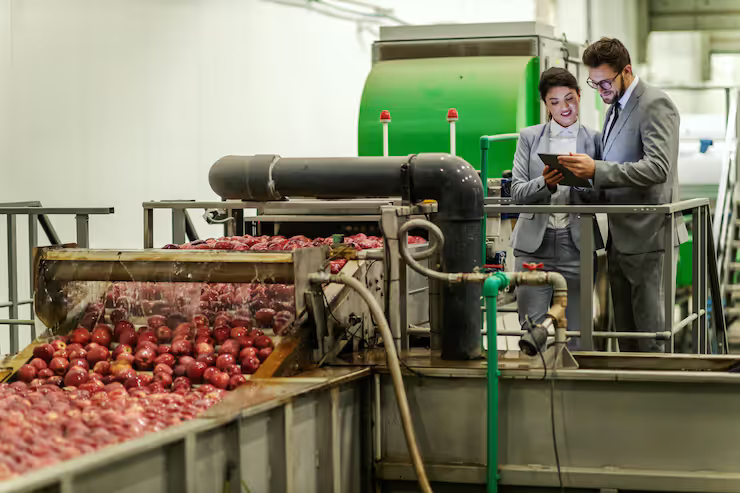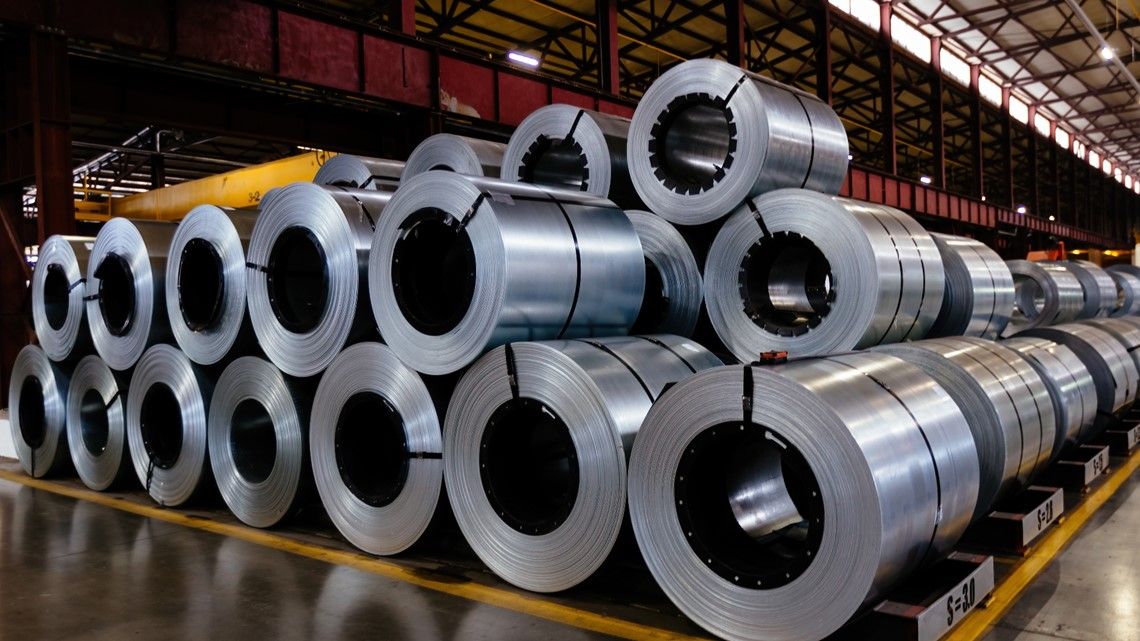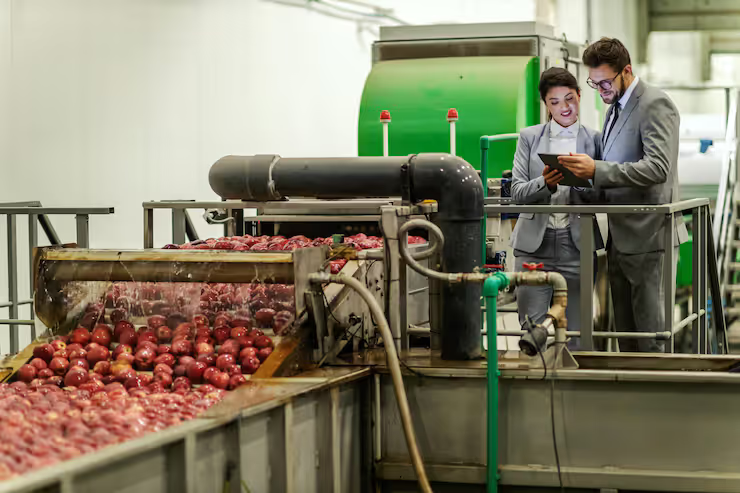Guide to Fruit Grading Machines in Modern Agriculture: Basics and Explanation
Fruit grading machines are essential tools in modern agriculture, designed to sort fruits based on size, weight, shape, or quality. They emerged as a response to the growing demand for consistent quality in local and global food supply chains. As consumer expectations have shifted toward uniformity and reliability, grading machines have replaced manual sorting in many farms and processing facilities.
These machines use sensors, cameras, and sometimes artificial intelligence to identify defects, measure parameters, and ensure every fruit meets quality standards. Their role is not only about efficiency but also about reducing waste and increasing profitability for farmers and distributors.
Importance
Fruit grading machines matter because they address critical issues in the agriculture industry:
-
Consistency for consumers – Buyers expect fruits of similar size, shape, and ripeness. Machines help meet these expectations.
-
Export quality standards – Many countries require strict grading before allowing produce for export. Machines help farms comply with these standards.
-
Labor efficiency – Manual sorting is labor-intensive and inconsistent. Machines provide faster and more reliable grading.
-
Food safety and traceability – Automated grading systems can be linked to data collection, improving transparency and safety.
-
Sustainability – By reducing waste through precise sorting, these machines support more sustainable farming practices.
For farmers, cooperatives, and distributors, the adoption of grading machines represents a shift toward professionalized, technology-driven agriculture.
Recent Updates
In the last year, several technological updates have shaped the fruit grading machine industry:
-
AI-driven grading systems (2024–2025) – More machines are now using deep learning and computer vision to detect even minor surface defects.
-
IoT integration (2024) – Some models allow remote monitoring and maintenance via cloud-based platforms, reducing downtime.
-
Energy-efficient designs (2025) – Manufacturers are releasing machines with lower power consumption, aligning with global sustainability goals.
-
Regional expansion – Countries such as India, China, and Brazil have seen significant adoption in 2024 due to rising fruit export demands.
These updates reflect a broader trend: agriculture is moving toward digital transformation, where precision and automation become central to food production.
Laws or Policies
Fruit grading is heavily influenced by national and international regulations:
-
United States: The USDA enforces fruit grading standards through the Agricultural Marketing Service (AMS). Grades such as “U.S. Extra Fancy” or “U.S. No. 1” are determined by machine-readable parameters.
-
European Union: The EU applies quality standards for fruits like apples, citrus, and kiwis, requiring uniform grading before market entry.
-
India: The Agricultural Produce Grading and Marking Act ensures compliance with AGMARK standards. Grading machines support farmers in meeting these benchmarks.
-
Codex Alimentarius (Global): Jointly run by WHO and FAO, these standards influence grading protocols in international trade.
Policies around food safety, export quality, and traceability mean that fruit grading machines are not just optional but increasingly necessary for compliance.
Tools and Resources
Several tools and resources help farmers and producers learn, manage, and optimize fruit grading:
-
Mobile Apps:
-
CropIn SmartFarm – helps track produce quality.
-
AgriApp – offers farm management solutions.
-
-
Websites:
-
FAO Food Quality Standards Portal – global guidelines on grading and safety.
-
USDA AMS Grading Resources – detailed grading criteria for fruits.
-
-
Open-Source Tools:
-
ImageJ Software – useful for fruit quality analysis in research.
-
-
Training Resources:
-
Online webinars from agricultural universities
-
YouTube demonstration videos from machine manufacturers
-
These tools complement the physical grading equipment, helping producers understand regulations, track quality, and stay competitive.
Key Features of Fruit Grading Machines
Fruit grading machines vary in design, but most include these features:
-
Conveyor belts for continuous sorting
-
Weight sensors and digital scales
-
Camera-based defect detection
-
Touchscreen interfaces for operation
-
Data integration for traceability
Comparison Table of Grading Methods
| Method | Manual Sorting | Mechanical Grading | Automated AI Grading |
|---|---|---|---|
| Speed | Slow | Medium | High |
| Accuracy | Low | Medium | Very High |
| Labor Requirement | High | Medium | Low |
| Data Recording | None | Limited | Comprehensive |
| Suitability | Small farms | Mid-size farms | Large-scale/export |
FAQs
What is a fruit grading machine?
It is an agricultural machine that sorts fruits based on parameters like size, weight, color, and surface defects.
Why are fruit grading machines important?
They improve quality consistency, meet export regulations, save labor, and reduce waste.
Are these machines only for large farms?
No. While large farms and exporters adopt advanced AI systems, smaller farms can use compact or semi-automatic models.
Do grading machines replace human labor completely?
Not entirely. Workers are still needed for machine supervision, quality checks, and packing, but overall labor demand is reduced.
What fruits are commonly graded using machines?
Apples, oranges, mangoes, kiwis, tomatoes, cherries, and avocados are among the most common.
Conclusion
Fruit grading machines have become indispensable in modern agriculture. They ensure quality, reduce waste, and help farmers comply with strict national and international regulations. With recent advances in AI and IoT, grading systems are moving beyond simple sorting into a realm of precision farming and data-driven decision-making.
As global food demand continues to rise, the importance of grading machines will only grow. Farmers, exporters, and cooperatives who adopt these technologies are better positioned to meet market expectations, ensure food safety, and contribute to sustainable agriculture.




